Winter 2021

Highlights from this Month's e-Newsletter
Feature
Going for Bold: Window Into Affordability
Long Beach looks to an inclusive future with the Las Ventanas Development
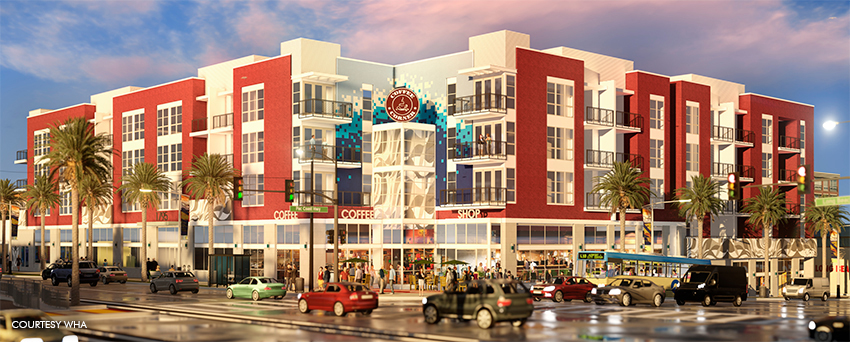 To help address the local homelessness crisis, Long Beach, California, enacted the “Everyone Home Long Beach” plan—an initiative that encouraged innovative, low-income housing solutions for the community. This plan sparked the bold vision for the development of a modern, affordable housing complex dubbed Las Ventanas, which means “the windows,” a fitting name for a project that provides new windows of opportunity to low-income residents looking for housing options.
To help address the local homelessness crisis, Long Beach, California, enacted the “Everyone Home Long Beach” plan—an initiative that encouraged innovative, low-income housing solutions for the community. This plan sparked the bold vision for the development of a modern, affordable housing complex dubbed Las Ventanas, which means “the windows,” a fitting name for a project that provides new windows of opportunity to low-income residents looking for housing options.
With a modest $28 million budget, it was vital for the designers and contractors to provide creative and strategic planning and construction of the affordable housing complex. Three local companies brought their unique expertise to tackle the project: AMCAL General Contractors, of Agoura Hills; CORE Structure Inc., with locations in Laguna Hills and the Bay Area; and William Hezmalhalch Architects (WHA), with offices in Orange County, Los Angeles and the Bay Area. These firms came equipped with decades-long histories of providing creative and cost-efficient multifamily construction solutions.
The striking bright red, four-story apartment complex was designed by WHA and CORE Structure Inc., though AMCAL was involved during the early design stage and provided regular feedback to the design team.
Las Ventanas received unanimous approval from the City of Long Beach Planning Commission in December of 2017. “It was vital that all the window openings remained true to the original design presented to the community, so determining shear wall locations and minimizing hold-downs was my primary coordination with CORE Structures,” said Bernard Ines, Architect for WHA. “I remember reviewing the framing plans and was pleasantly surprised that no windows were jeopardized.”
Set on just over an acre off the Pacific Coast Highway in Long Beach, directly adjacent to the Metro A Line (Blue), the complex features 102 residential units with an additional 3,962 square feet of retail space and a semi-subterranean podium parking garage. True to the name “Las Ventanas,” the apartments will offer naturally lit, open floor plans with patios or balconies. On-site amenities include a children’s play area, outdoor seating with grilling space, locked bicycle storage, computer lab, community room, media center and more. The project broke ground in July 2019 and is scheduled for completion in spring 2021.
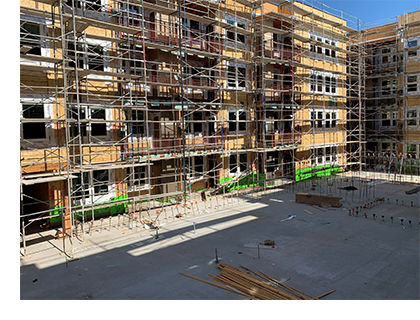 Las Ventanas integrates traditional wood framing with engineered wood products from APA members Norbord, Tolko, Boise Cascade and Rosboro. Oriented strand board (OSB) and plywood continuous sheathing on the walls, floors and roof served as an integral part of the structure’s lateral force-resisting system. Glued-laminated beams (glulam) and laminated veneer lumber (LVL) were used as headers, and LVL was used widely as rim joists throughout the structure.
Las Ventanas integrates traditional wood framing with engineered wood products from APA members Norbord, Tolko, Boise Cascade and Rosboro. Oriented strand board (OSB) and plywood continuous sheathing on the walls, floors and roof served as an integral part of the structure’s lateral force-resisting system. Glued-laminated beams (glulam) and laminated veneer lumber (LVL) were used as headers, and LVL was used widely as rim joists throughout the structure.
Pictured right: The inner courtyard above the concrete podium. FTAO allowed the use of this window geometry at the courtyard walls.
When a challenge arose with the plan, the designers found a cost-effective solution using engineered wood framing. Due to the sloped site, the top of the post-tensioned concrete podium was intentionally elevated at the retail spaces on the uphill side, so the floor on the third level includes areas of both concrete and wood construction. The wood shear walls above did not align with the concrete walls below, presenting a unique challenge. The design team’s innovative solution to the alignment problem was specifying glulam and LVL floor beams to transfer the load from levels above and providing a seismic gap at the concrete/wood floor interface.
“The engineered wood beams allowed us to simplify the connection design while maintaining the ceiling height we needed,” said Hooman Tavallali, Vice President of Production at CORE Structures. “Steel is also more expensive, so we were able to save them a lot of money.”
This decision kept the budget for Las Ventanas in bounds for reasons beyond material costs; choosing engineered wood over steel also improved construction efficiency. Using engineered wood products allowed the team to eliminate the need to hire additional laborers for the erection, fireproofing and inspection of steel.
“The elimination of steel beams was a big advantage with regard to both cost and construction time,” said Dan Balistreri, Superintendent of AMCAL General Contractors. “The engineered wood products were easily used by the framer and inspected with the rest of the framing. The need for an extra trade to erect steel beams and columns was eliminated, which resulted in a faster and smoother construction process.”
Working within the budget, the design team saw that they could take advantage of the continuously sheathed exterior walls by designing the shear walls for force transfer around openings (FTAO). With FTAO, the design team was able to reduce the number of hold-downs and material costs while maximizing window openings—an apt goal for a building named “Las Ventanas”—adding to the bold and budget-friendly design.
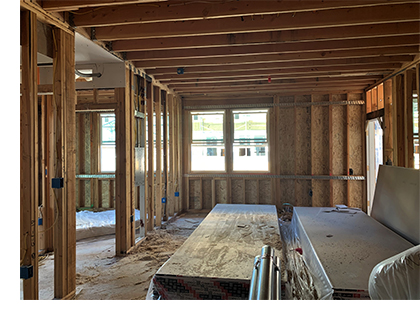 “We tried to make it as affordable as possible,” said Tavallali. “We were able to reduce the number of hold-downs by 30–40%. We also used straps instead of the typical tie-down rods to transfer tension from floor to floor, which made labor and construction easier.”
“We tried to make it as affordable as possible,” said Tavallali. “We were able to reduce the number of hold-downs by 30–40%. We also used straps instead of the typical tie-down rods to transfer tension from floor to floor, which made labor and construction easier.”
At right: Adding horizontal strapping around the shear wall openings on the interior allowed the engineer to eliminate vertical strapping and hold-downs at either side of the openings while streamlining construction.
A clear vision and a strong plan saw the team through its challenges. AMCAL projects that it is on track to hit the $28 million budget, and Las Ventanas is scheduled to finish just in time for its scheduled open date in March 2021. “The project was pretty smooth,” said Balistreri. “And it’s on schedule as a result of extensive coordination prior to the start of construction.”
The team’s vision combined strategic design, creative construction techniques and cost-effective engineered wood products to create a space that opens up new vistas for low-income Long Beach residents and local businesses alike.
Learn more about the force transfer around openings method of shear wall design and get design tools GO >
Getting Technical
 On-Demand Webinar: Lateral Load Path Basics
On-Demand Webinar: Lateral Load Path Basics
Tracing a wind load through a wood-frame structure
Presented by Cathy Scarince, P.E., this session outlines the path a wind load takes through a wood-frame structure, as well as the importance of a complete load path and associated construction details. As a result of this session, participants will:
• Understand the complete lateral load path
• Identify common framing errors within this path
• Understand the consequences of an incomplete path
• Discuss and evaluate code requirements for critical details
AIA and ICC credits are available to participants.
View >
Inside the Circle
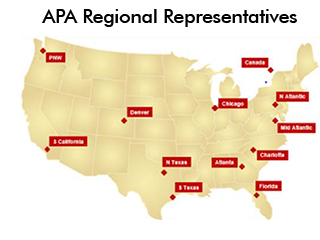 APA Regional Representatives
APA Regional Representatives
Our regionally located Engineered Wood Specialists provide complimentary consultations for construction professionals such as architects, engineers, code officials, dealers and builders regarding specifying and using engineered wood products. Education and training meetings, formal seminars and webinars on topics including design, construction, common framing errors and many others are available from our Field Services team.
LEARN MORE >
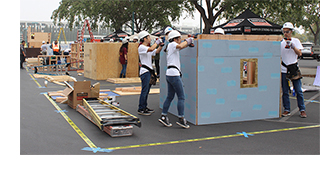 Call for Judges
Call for Judges
2021 Timber-Strong Design Build
Seeking volunteers with three years of experience in wood structural engineering design or plan review, familiarity with wood construction, and/or teaching wood structural engineering design. Deadline to apply: February 7.
APPLY >
Current Designers Circle newsletter RETURN ►